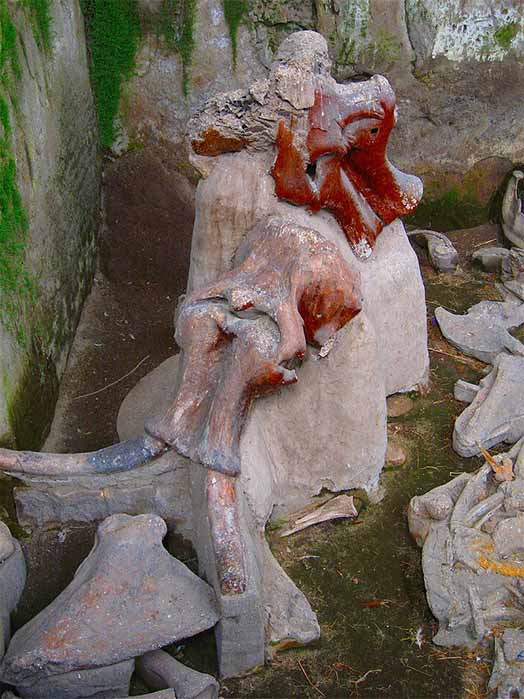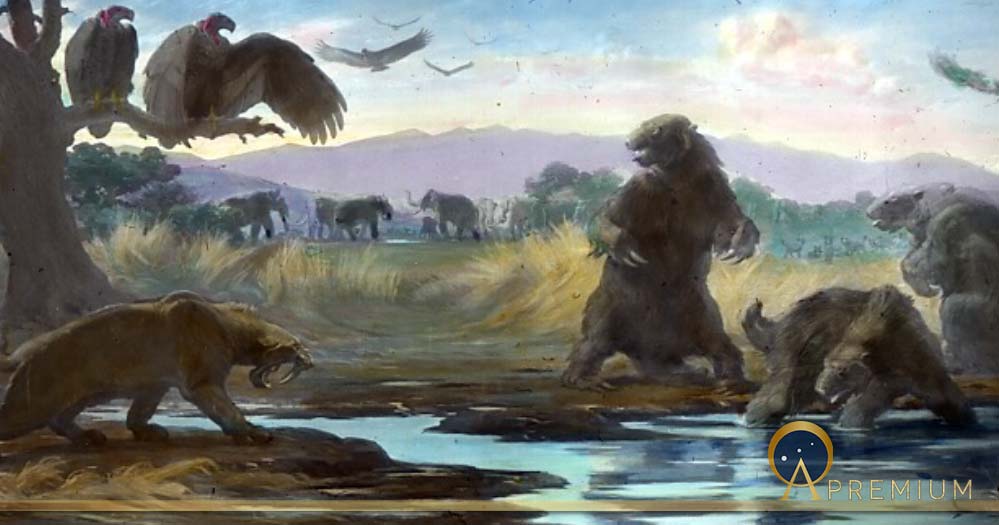Tracking The Old Ways Of Ice Age Megafauna Hunters
While mammoths were hunted by early human populations in North America, Europe, Asia, and Africa, the primary cause of their extinction was changing climate, and disease. During the last Ice Age, in north-west South America, Clovis culture hunters speared Columbian mammoths ( Mammuthus columbi) while in Europe the woolly mammoth ( Mammuthus primigenius) was a common target of human hunting. In Asia and Africa ‘ Mammuthus africanavus’ were hunted by numerous human populations, including the Neanderthals and early modern humans. However, the art of mammoth trapping seems to have peaked in what is today Mexico.
The timing and circumstances of the initial colonization of the Americas is a topic of intense debate, and the precise moment of the first human arrivals is still unclear. However, recent studies focusing on the first populations in the Americas have provided solid evidence of human presence in various parts of Mexico, such as the north-west region, the Chiapas Highlands, Central Mexico, and the Caribbean coast, during the Late Pleistocene and Early Holocene epochs.

Skulls in a lahar deposit at the Paleontological Museum in Tocuila, Texcoco, Mexico. (CC BY-SA 4.0)
Hunting Megafauna In Mexico
In 2009, archaeologists and anthropologists from Mexico’s National Institute of Anthropology and History excavated the site of a new garbage dump in the neighborhood of Tultepec, around 40 kilometers (25 miles) north of Mexico City. There, deep beneath the streets, they uncovered an ancient trap that was built by humans around 15,000 years ago. This was no snare, or dead-fall trap, but a pair of voluminous hunting-pits that were designed specifically to catch mammoths, representing the first ever discovery of its kind. Measuring about 1.70 meters (six feet) deep and 22.86 meters (75 feet) in diameter, these two pits are known today as the world's first mammoth traps.
More than 800 bones were discovered from at least 14 mammoths and it is thought that ancient hunters first lured herds of mammoths, and then chased them into the deep pits where they were battered and stabbed to death. The archaeologists noted that some of the bones were found in potential ritualistic arrangements, which if correct, would represent the earliest ritual ever discovered in the Americas. Luis Córdova Barradas, the leader of the five-person excavation team, told The Guardian that the discovery of the pits and remains “ marks a watershed in the study of the relationship between prehistoric hunting and gathering communities and the huge herbivores”.
Like this Preview and want to read on? You can! JOIN US THERE ( with easy, instant access ) and see what you’re missing!! All Premium articles are available in full, with immediate access.
For the price of a cup of coffee, you get this and all the other great benefits at Ancient Origins Premium. And - each time you support AO Premium, you support independent thought and writing.
Ashley Cowie is a Scottish historian, author and documentary filmmaker presenting original perspectives on historical problems, in accessible and exciting ways. His books, articles and television shows explore lost cultures and kingdoms, ancient crafts and artifacts, symbols and architecture, myths and legends telling thought-provoking stories which together offer insights into our shared social history. www.ashleycowie.com.
Top Image: Environment around the La Brea Tar Pits, with Columbian mammoth herd in the background, by Charles Knight (1921) (Public Domain)
By: Ashley Cowie



















